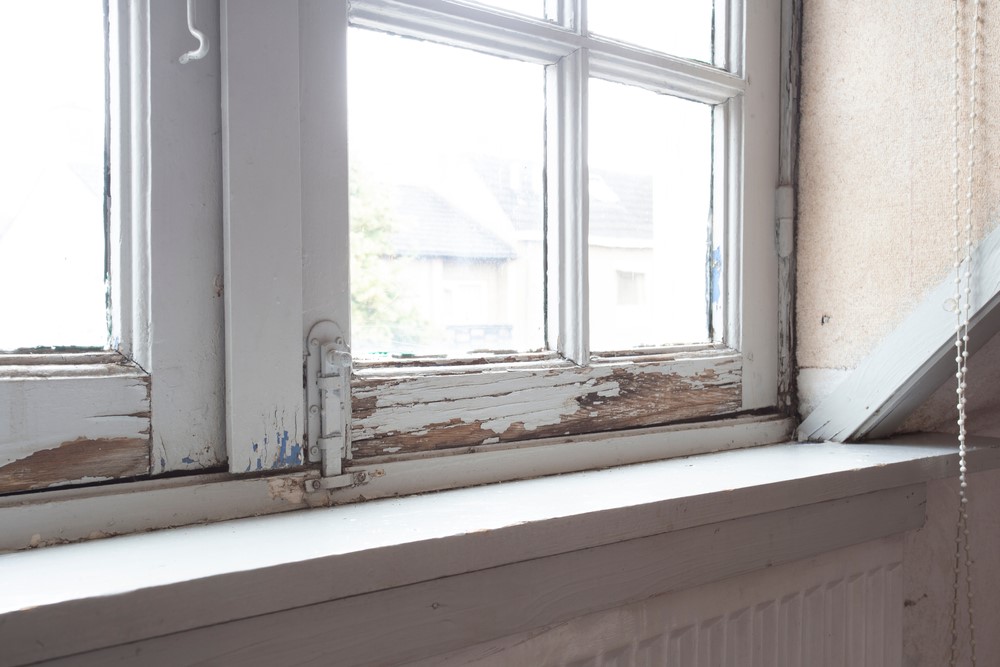This is my third posting in a series about the upcoming federal rules regarding lead-based paint as it relates to contractors. As you are aware the upcoming EPA requirements regarding lead-based paint are an effort to mitigate the risks that lead can cause to humans. These regulations will impose new informational, training, job site, and record keeping requirements on contractors who work in pre-1978 homes.
While I agree that limiting this risk is an admirable goal, I believe that the way that it is being done is a heavy handed needless federal intervention in small business. Further, I think that these requirements will have numerous drawbacks and will ultimately have negative, unintended consequences.
In no particular order I see 3 primary problems with these regulations. First, I believe that these rules will be difficult to enforce fairly and evenly, something that I think is a problem when you consider that the fines for violation can reach $32,500 per day. There are hundreds of thousands of contractors in this country who perform types of work that could at times involved lead based paint issues. This includes general contractors, painters, window companies and numerous others. The vast majority of these companies are sole proprietorship, one man operations. These companies often do not have a physical address beyond the owners home. This type of company is very difficult to find, let alone audit for compliance. Furthermore, when you consider the costs that will be associated with compliance, I believe that many of these types of operations will choose not to comply and simply roll the dice that the EPA will not find them. In most cases I believe that they will be right.
Conversely, companies like Legacy Remodeling and other larger, more legitimate companies will be in a position where they really have no choice but to comply. We advertise, we have a physical office and logo-ed vehicles. In short, the more legitimate companies make a bigger target and therefore will comply because to not do so would be an unwise risk. This unfortunately will put legitimate businesses at a disadvantage as we have to add another layer to our cost structure. This is a problem for many reasons, for one, it will slow our growth and reduce the rate at which we are able to hire. If this holds true at other companies that are similar to Legacy, this will slow down a segment of the economy just as our country is trying to recover from recession.
My second main problem with this set of regulations in the cost that it will impose on companies working in the remodeling field. This starts with the cost of training. At my business I expect the initial round of training will cost us between $3,000 and $5,000. We will then need to do periodic supplemental training due to turnover in our workforce.
Beyond the initial training, we will need to account for time taken to perform the required tasks for compliance. Whether this is posting the work area ahead of time, setting up containment, post installation cleanup or testing, this will take man hours. Whether I will have our installers do this work or I hire someone specifically for this, there is a cost associated with it that must be covered.
The final cost component is the material that is needed to implement this properly.... basically sheets and sheets and sheets of plastic.
Once you figure these costs into a businesses plan, it becomes apparent that in order to comply businesses will have to raise prices or allow their margins to shrink. Both of which are unattractive options considering the recent economic climate. As many clients are unwilling to spend more right right now, I believe that this will result in a slower recovery for the home improvement industry.
Lastly this program is in my opinion NOT VERY environmentally friendly. Contractors are required to use literally hundreds of square yards of plastic sheeting to protect the ground on an average size gutter replacement (probably doubling the price for that project). Similar requirements exist for window replacement and many other activities. Production of this plastic sheeting requires the use of petroleum and produces carbon. This material must be thrown away after the project because it is presumably toxic... this will only further fill landfills with a material that will take tens of thousands of years to breakdown.
As a company that prides itself on being "green" this last part is down right offensive.
From my perspective, there is a worthy goal here in reducing human exposure to lead-based paint. However the EPA program about to come into place is not the best way. I believe that it would be appropriate to delay the implementation of these requirements as this program is re-evaluated with an eye towards its effect on employment, as well as ensuring we don't generate a new environmental problem while trying to solve an old one.
Tags
Subscribe to Legacy Remodeling's Blog











Comments